Contents
- 2022 World Cup Qatar Ends with Argentina’s Victory
- Some of aspects of Japanese culture that emerged during the games
- Overseas Website Releases “Soft Power” Ranking Including Cultural and Artistic Aspects of the Tournament Results
- Before leaving, they tidy up the locker room, clean it up, and put the Origami・・・
- Customs and Origins of Greetings in Japan
- How did Japan’s cleaning culture spread?
2022 World Cup Qatar Ends with Argentina’s Victory

The 22nd FIFA World Cup was held in Qatar from November 20 to December 18, 2022. The slogan of the tournament was “Now is All,” and all 64 matches ended with Argentina’s victory.
The players and coaches gave their all energy, and fans around the world probably couldn’t take their eyes off the great matches that made them sweating.
Due to the time difference between Qatar and Japan, and most of the games we wanted to watch were from midnight to early morning, and we couldn’t take our eyes off the match on the TV resulting the lack of sleepness on that all day.
Anyway, the intensity of these historic matches, with phenomenal performances throughout the entire matches, would be deeply engraved in the hearts of many fans.
Some of aspects of Japanese culture that emerged during the games
Hi how are you? Sorry for the delay in greeting you.
The next impressive two items of typical Japanese culture are “greeting including bowing” and “cleaning with collecting trash” that were done nevertheless the defeat the games.
For both of these points, the event was hailed around the world, mass media in particular as an “unforgettable moment.
Above photo shows that Japan Soccer manger, Hajime Moriyas’ deep bow after the penalty shootout loss to Croatia will never be forgotten.
It was a way of showing an apology and appreciation for the support, the pride of representing the country, and also the usual sense of duty that often crushes this country.
And another praise is “Picking up rubbish at the venue” after the game, which was done regardless of whether you won or lost.
In Japan, sweeping is believed to have the meaning of purifying and cleansing a place, as in the old Japanese expressions “sweep and clean” and “wipe and clean.
And it is not only visible to the eye, but also to your own mind. By cleaning and arranging your place, you are also arranging, purifying, and cleansing your mind.
Overseas Website Releases “Soft Power” Ranking Including Cultural and Artistic Aspects of the Tournament Results
An international website announces its own ranking of the “soft power” of the Qatar World Cup soccer tournament, which ended with Argentina’s victory, including not only the tournament results but also the impact of culture and art, such as music and fashion.
★ Japan ranked fourth: “Cleaning up in Qatar reinforces reputable customs.”
Japan won many new fans in Qatar; same as in the 2018 tournament, many supporters visited the site and took it upon themselves to clean up the stadium after the match.
In addition to their status as the champions of ‘kind’ soft power, the Japanese team even cleaned up the locker room after the match,” he introduced.
Commenting on the impact of Japanese virtues, he said, “Japan has a history of cleaning up. Long before Marie Condou (tidying consultant Marie Kondo) became a hot topic, tidying and cleaning were part of the Japanese cultural fabric.
The cleanup in Qatar reinforced this reputable practice and capitalized on their soft power potential,” she commented.
Of course, he also praised the historic success of the Japanese team, whose final result was announced by FIFA as 9th place.
But the tournament was not just about altruistic behavior. The national team also praised the Samurai Blue’s fight, saying, “The team scored a shocking gold medal against the European powerhouses, Germany and Spain.
Before leaving, they tidy up the locker room, clean it up, and put the Origami・・・
If you enjoy making “Crane Origami”, please watch the video at the end of this blog.
The uniquely Japanese culture and behavior that was in the spotlight along with the breakthroughs of the athletes became a symbolic event of this year’s tournament.
Customs and Origins of Greetings in Japan
★ The Meaning of Greetings for Japanese People
Generally, when you hear the phrase “occasions for exchanging greetings,” what you probably imagine is the timing of meeting and parting. And it is almost the same in the world.
For Japanese people, greetings tend to have a strong aspect of “courtesy” and “gratitude. The Japanese place great value on courtesy and gratitude. One of the most common greetings is “ojigi” (bowing).
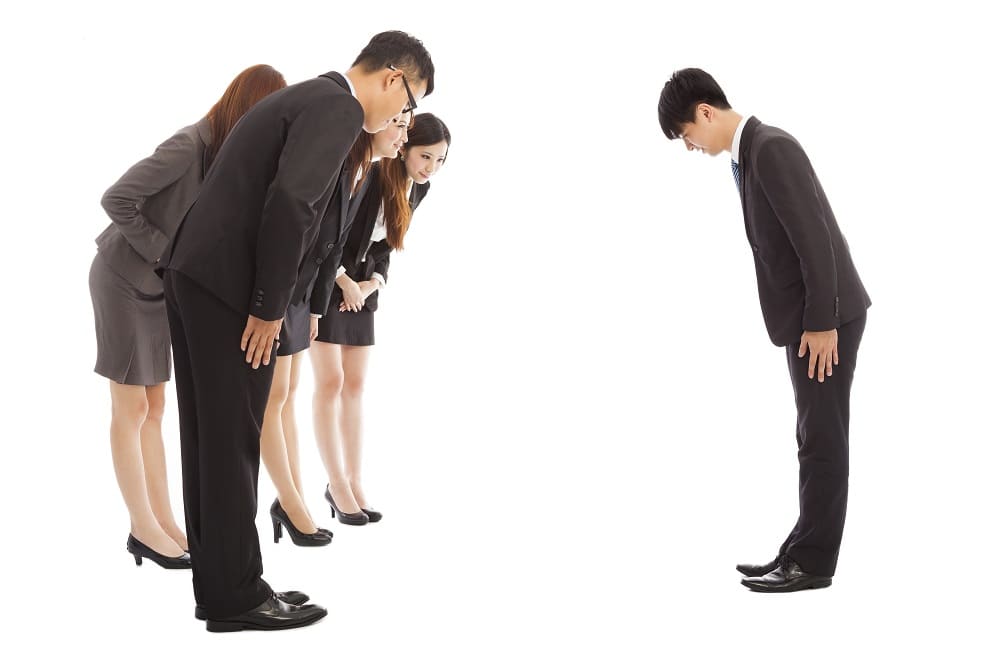
★ History and Meaning of Bowing
It is said that the bow was introduced to Japan from China around 500 to 800 BC, when Buddhism spread. It is said that in the beginning, bowing to the other person and showing the head indicated that there was no intention to attack or hostility. In China, bowing is also used, but not as frequently as in Japan, and many people seem to feel that even in bows, they are given the highest salute
★ What is the origin and origin of typical Japanese greetings?
Ohayo(“Good morning”) used as a morning greeting, is an abbreviation of “Ohayo gozaimasu”. It expresses a feeling of gratitude toward those who are ahead of you.
Konnichiwa and konbannwa (“Hello” and “Good evening.”)
Kanji characters for “Hello” are “Hi” and “Good evening” are “Good evening. This is followed by an abbreviated version of “Goyo doko desuka” (“How are you?”), which is a greeting accompanied by a feeling of asking how the other person is doing during the day or at night.
Arigato (“Thank you.”)
Arigato is an abbreviation of “arigato gozaimasu” (“thank you” more polite way), which expresses gratitude.
Sayonara
Sayonara means “so long”, “goodbye”.
★ Greetings peculiar to Japan that surprise foreign countries
While greetings such as “Ohayo” (good morning) and “Arigato” (thank you) are also used in other countries in their own languages, “Itadakimasu” and “Gochisosama” used before and after meals are unique to Japan.
“Itadakimasu” expresses gratitude for “receiving life”, while “gochisosama” expresses appreciation for all the work that went into preparing the meal.
In many foreign countries, there are no fixed greetings to be used before and after meals, and many people are surprised to hear the Japanese “Itadakimasu” and “Gochisosama”.
How did Japan’s cleaning culture spread?
In the age of With Corona, the importance of hand sanitization and cleanliness is being reevaluated around the world.
Many people from overseas have the impression that Japan is a clean country, but how did the culture of “cleaning” take root in Japan?
★ Jomon and Yayoi Periods (BC1000 -AD400), the climate nurture the lifestyle of the Japanese people

These remains indicate that more than 13,000 years ago, people of the Jomon period collected shells and garbage in one place after eating.
Recent studies have shown that about 30% of the people of that time lived to be about 65 years old.
In hot and humid Japan, it is impossible to live a long life unless one clearly separates one’s living space from one’s garbage dumping place and keeps one’s surroundings clean.
Japan’s unique climate may have rooted such basic cleaning habits in people who lived long ago.
★ Asuka period (around 590) to Heian period (around 1180)
The concept of “cleaning” took root in the Asuka period, when the Japanese were conscious of keeping their surroundings clean.
The idea of “cleaning” spread among the aristocracy as a result of Buddhist thought brought to Japan by Japanese envoys to the Tang Dynasty(China).
A broom was made for cleaning, and the broom was used to cleanse the spirits of the dead so that they would not return again.
Therefore, “cleaning” in ancient times was an act of great religious significance.
In the Heian period, epidemics were prevalent and were regarded as ‘impurities’, and cleaning seems to have been strongly regarded as a Shinto ritual to get rid of impurities.
It was around this time that the custom of “year-end cleaning,” which continues to be practiced even today, was born, and it was called “Susu-wai,” or “dusting off soot,” and was one of the court ceremonies for ridding oneself of evil spirits and welcoming the New Year.
★ From the Kamakura period (1330) to the Edo period(1868)
Japan changed from an aristocratic society to a samurai(warrior) society, and the custom of cleaning changed from a court event to a Buddhist temple and/or training hall.
Edo, the capital city, had a population of about 1.1 million, far more than the population of Paris and other cities, and is said to be the largest city in the world.
The absence of warfare also raised the standard of living of the common people, and a variety of cultures and businesses developed.
In the densely populated Edo, awareness of public health also increased.
A system similar to today’s eco-friendly and recycling system was established early on, including the collection, transportation, and disposal of garbage, as well as the collection of feces and urine for use as fertilizer.
Sweeping, which had previously been largely an ascetic practice and ritual for Buddhist monks, took root among the general populace in the Edo period (1603-1867) as a way to “maintain cleanliness.
Sweeping was a part of the daily life of all classes of people, including samurai, merchants, farmers, and craftsmen, and many households had cleaning tools such as brooms, and dustpans.
★ Modern times (Meiji, Taisho, Showa eras): public health increased with the spread of trade
In modern times, “cleaning” became linked to “public health.
After Japan closed itself off from the rest of the world and began trading with foreign countries, it was repeatedly struck by new epidemics, such as cholera, which killed many people throughout Japan.
Many deaths occurred in various parts of Japan, and the government had to quickly address public health issues.
Especially in schools where large numbers of children gathered, it was recommended that schools be kept clean through ventilation, exposure to the sun, and cleaning.
Around this time, the custom of having children learn how to clean and the importance of cleaning by cleaning the school began.
Thanks for visiting

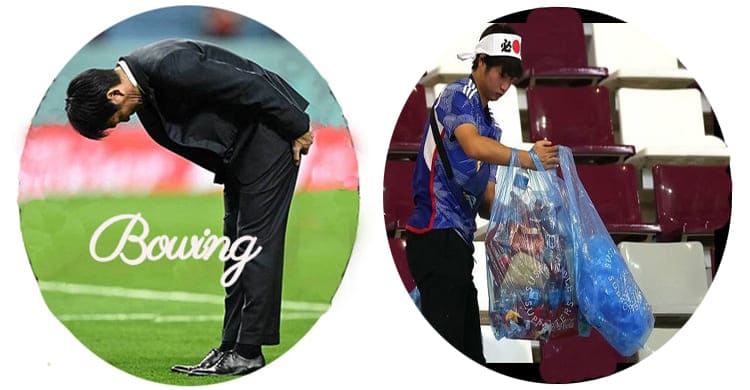
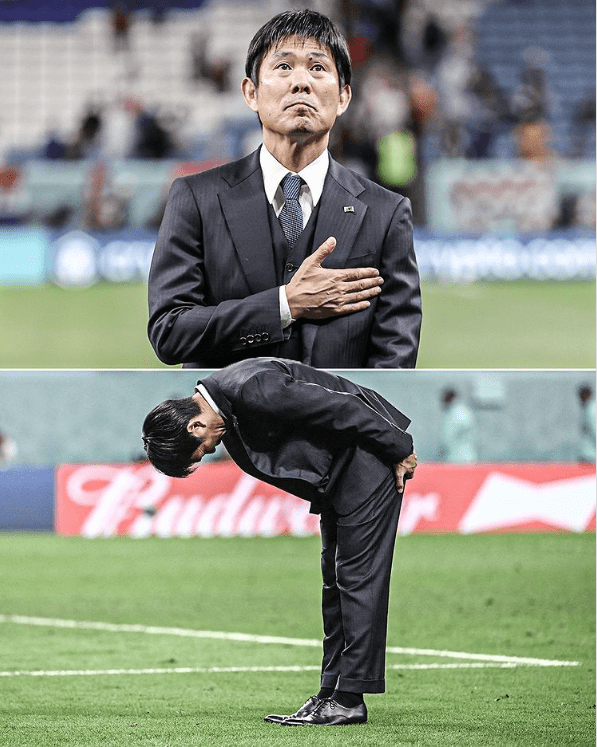
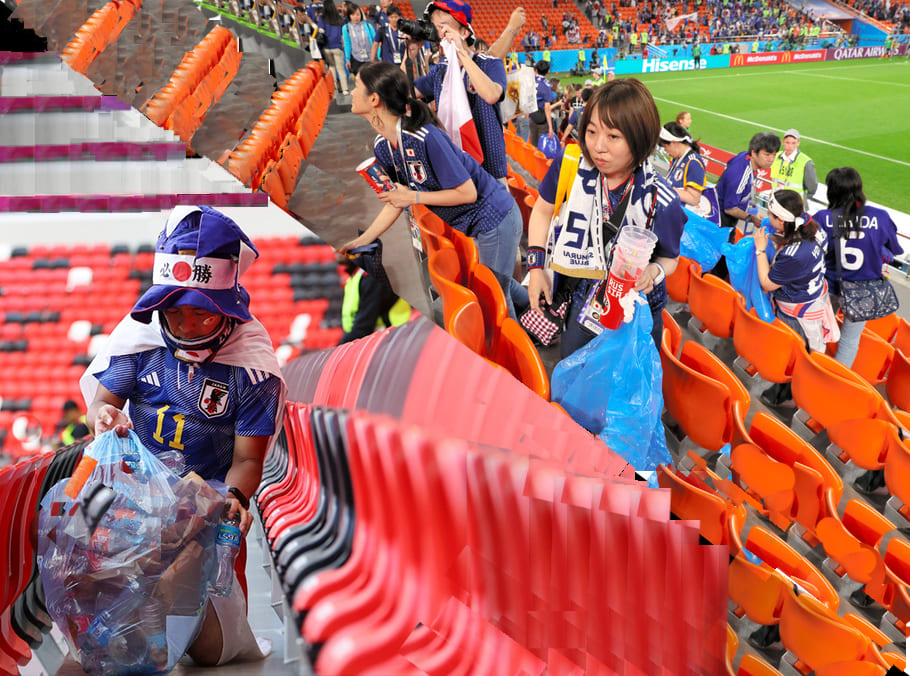
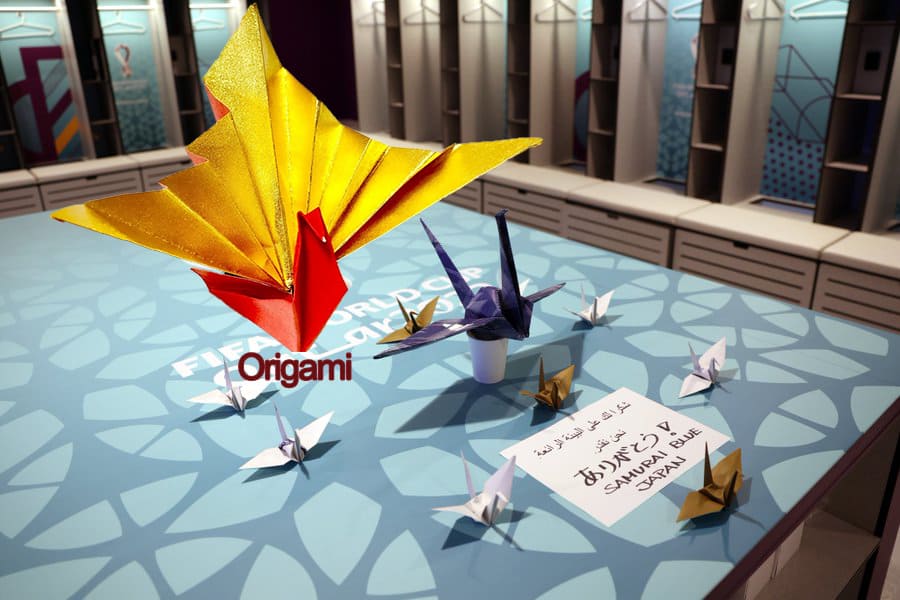


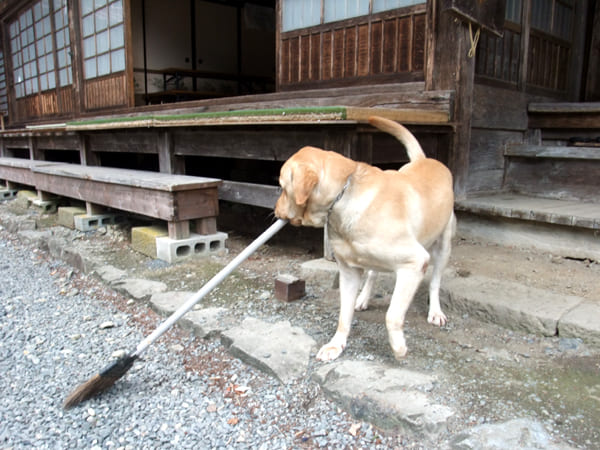
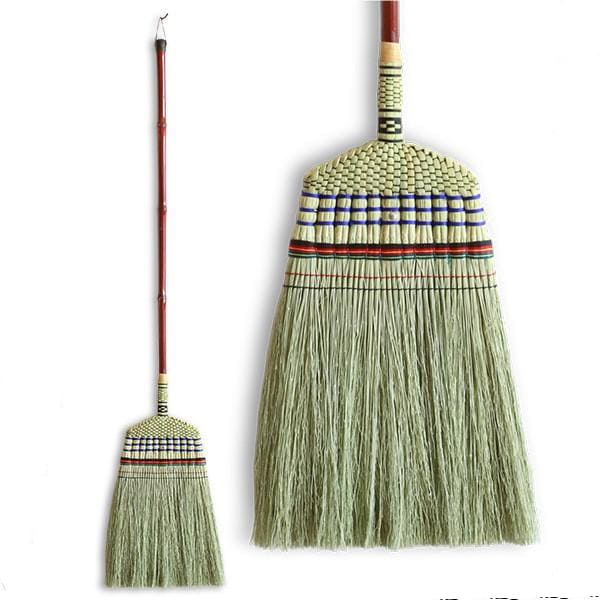
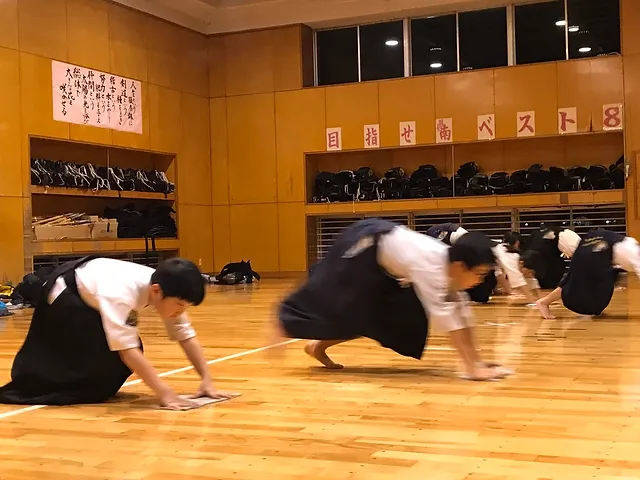
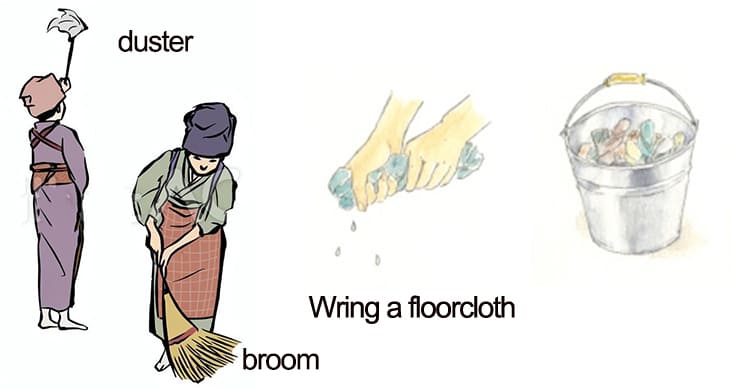
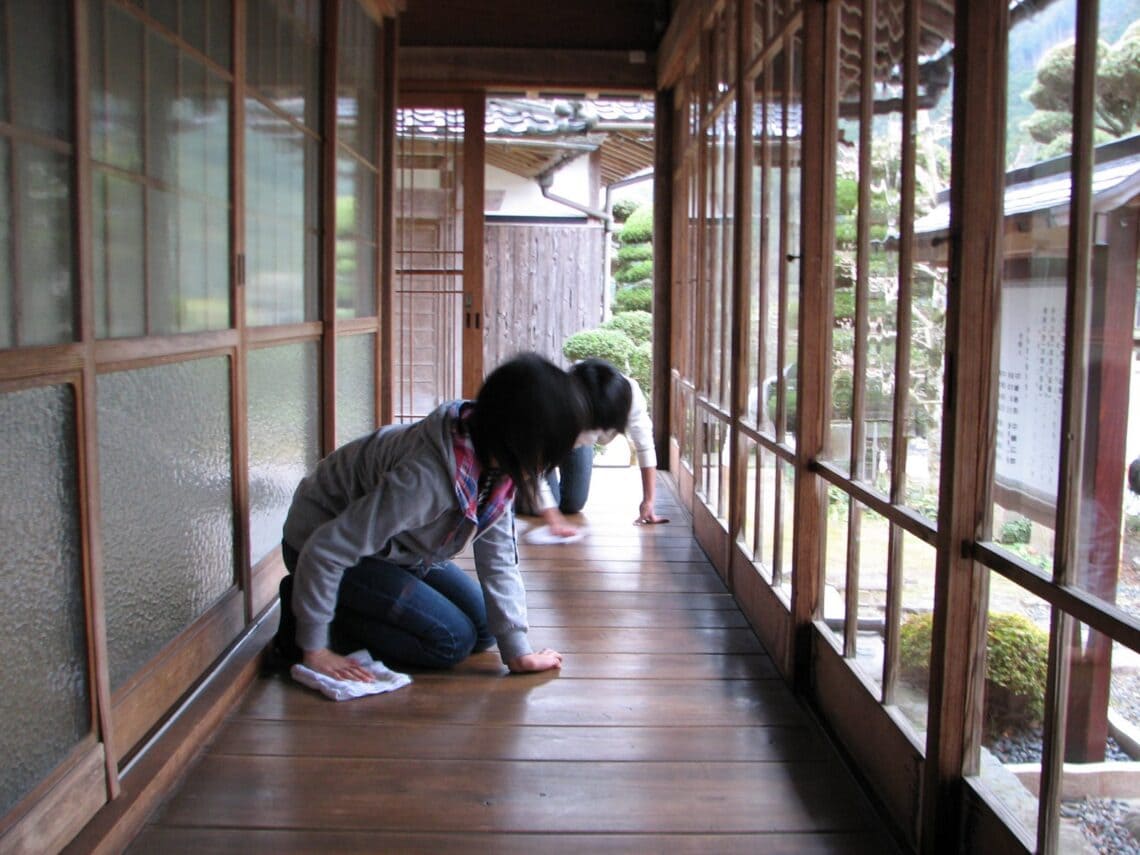
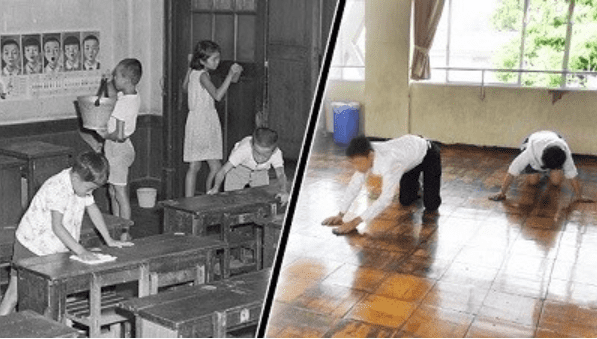





Leave a Comment